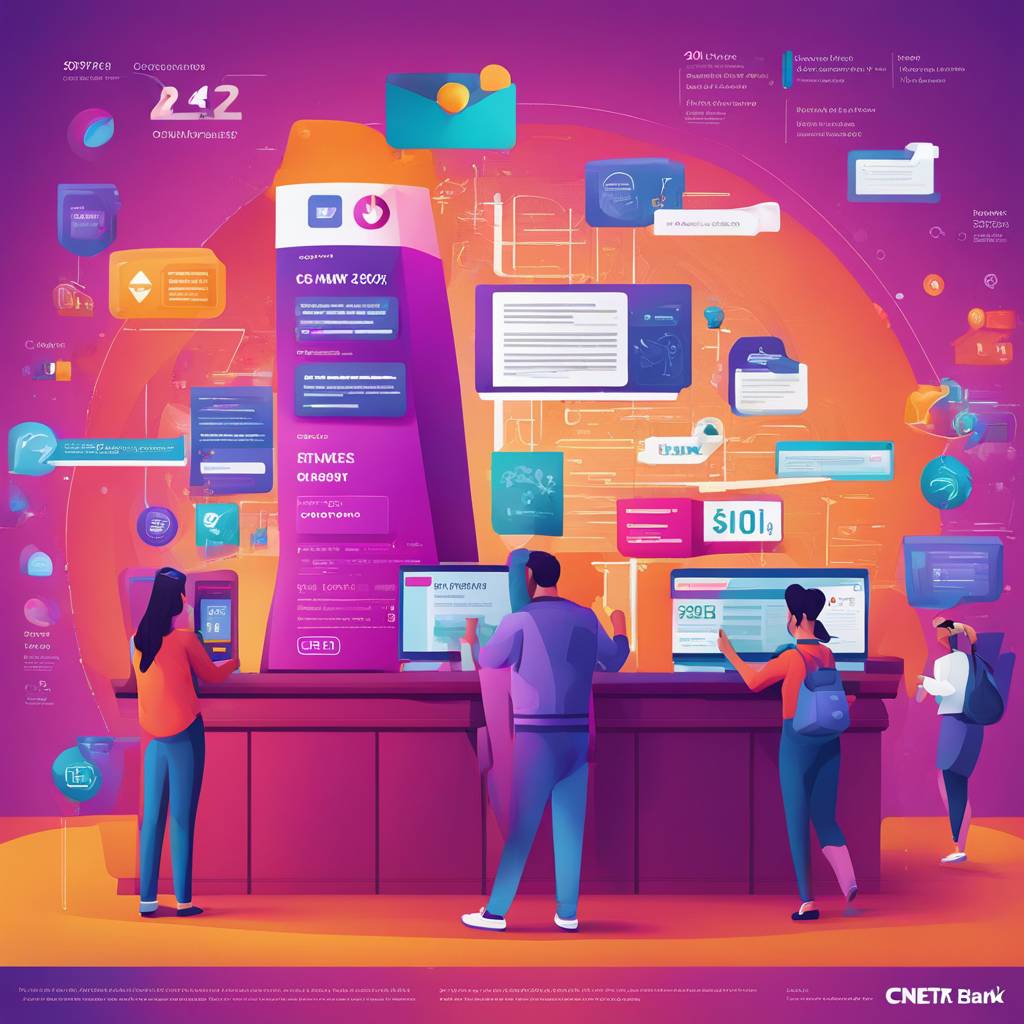A full-service bank is a financial institution that provides a wide range of services, including checking and savings accounts, loans, mortgages, and investment products. These banks cater to the financial needs of individuals, businesses, and other organizations. They typically have physical branches where customers can conduct transactions and meet with financial advisors. However, with the rise of digital banking, many full-service banks now offer online and mobile banking options to make it more convenient for customers to manage their finances.
Digital banking refers to the use of electronic channels, such as websites, mobile apps, and ATMs, to access banking services and perform transactions. A purely digital-banking experience means that customers can conduct all their banking activities online without the need to visit a physical bank branch. This allows for greater convenience and flexibility, as customers can check their account balances, transfer funds, pay bills, and apply for loans from anywhere with an internet connection. Digital banking has become increasingly popular in recent years, as more people embrace online and mobile technology for everyday tasks.
One of the key advantages of a purely digital-banking experience is the ability to access banking services 24/7. Customers do not have to worry about bank hours or wait in line to speak with a teller. They can easily check their accounts, make transactions, and manage their finances at any time of day or night. This can be especially beneficial for individuals who have hectic schedules or prefer the convenience of online banking. Digital banking also allows customers to access a wide range of services, such as mobile check deposits, budgeting tools, and financial planning resources, all in one place.
For full-service banks that offer a purely digital-banking experience, the focus is on providing a seamless and user-friendly online platform that meets the needs of modern customers. This includes having a responsive website and mobile app, as well as robust security measures to protect customer information. Banks invest in technology to ensure that their digital platforms are easy to navigate and offer a wide range of features to make banking more efficient and convenient. This may include personalized account alerts, account aggregation, and the ability to set up automatic payments and transfers.
In addition to the convenience of online banking, a purely digital-banking experience can also help customers save time and money. By conducting transactions online, customers can avoid transportation costs and save time that would have been spent traveling to a physical branch. In some cases, digital banking may also offer lower fees or higher interest rates on savings accounts, as banks strive to attract and retain customers in a competitive market. By taking advantage of online services, customers can streamline their banking experience and access the same level of service as they would at a traditional bank branch.
Overall, a purely digital-banking experience offered by a full-service bank can provide customers with the convenience, flexibility, and security they need to manage their finances effectively. By investing in digital technology and providing a range of online services, banks can cater to the needs of modern customers who prefer to conduct their banking activities online. As technology continues to advance and customer preferences evolve, full-service banks will likely continue to expand their digital offerings to meet the demands of a changing market. Ultimately, a purely digital-banking experience can offer customers a more efficient and responsive way to manage their finances, while still providing access to a wide range of banking services and products.















